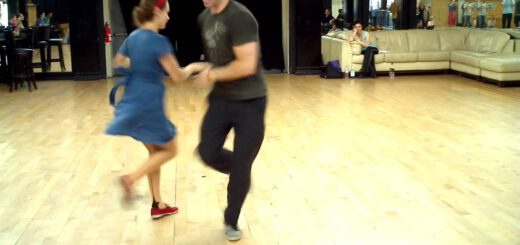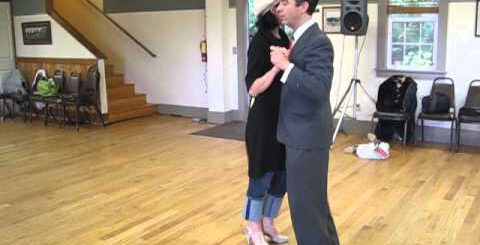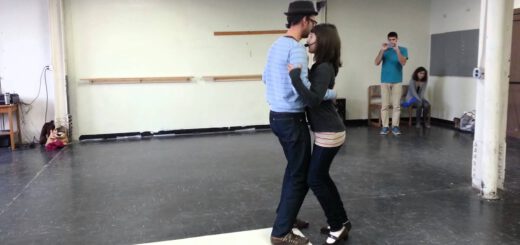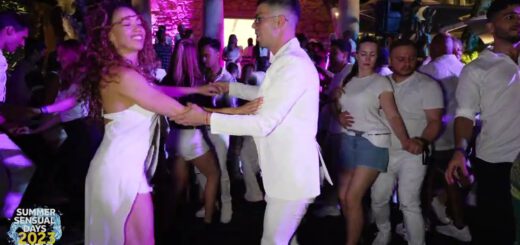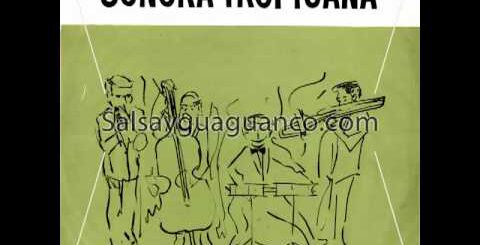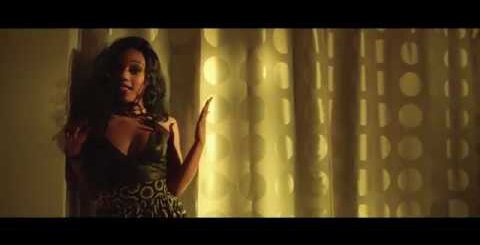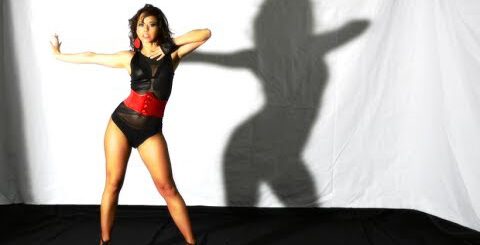Hopping at the Savoy
The year was 1927. American pilot Charles Lindberg, affectionately known as « Lucky Lindy » had just made history by becoming the first to fly solo, nonstop from New York to Paris. Newspapers carried the headlines, « Lindy Hopped the Atlantic. »
Rhythm and dance were as much a part of the Afro-American culture at the time as language. Many of their dances didn’t have names, but developed through copying. Formal sequences were not followed, and the dances involved much free expression. Different styles therefore developed in different areas.
In Lindberg’s city of departure for his epic journey, New York, Afro-Americans were dancing a lively dance to the popular 8-count music at the time at the well-known Savoy ballroom. The dancing was observed by a newspaper reporter who asked one of the Savoy’s officials, « what’s that dance called »? With Lindberg’s Newspaper headlines fresh on the respondent’s mind, « Lindy Hop » he replied.
And a new dance the Lindy Hop was created.
The movements in the Lindy Hop were a fusion of movements in other Afro-American dances such as Tap, Breakaway and the Charleston and like the music evolving at the time, improvisation was an important element of the dance. The ability to adapt steps from other dances has made the Lindy Hop popular. It is danced to almost all jazz music as well as to the blues and other music with similar rhythm.
On the other side of the continent at around the same time, another dance was developing in the crowded ballrooms of Southern California. The dance was the Balboa. Like the Lindy Hop, the Balboa is danced to 8-count music, but is characterized by a close and strong partner connection. Leader and follower dance with a firm chest to chest connection. Over time, the dance did develop some more open moves and the dance with these moves became known as the Bal-Swing. Although today, the title Balboa is generally given to these variations.
Back on the east coast, another more lively dance developed from the Lindy Hop called the Jitterbug. The name was coined by an observer who likened the fast, bouncing up and down of the dancers, to someone who had the « jitters » as in involuntary rapid movements caused by excessive use of alcohol and the disease called Delirium Tremens (DT’s). « They look like a bunch of jitterbugs out there on the floor », said band leader Cab Calloway.
A version of the Afro-American dances started to be taught in Anglo-American dance studios. This became known as the Jive. The Jive has now become one of the five International Latin Dances in Ballroom competition.
Jive is often also used as a generic term for this whole genre of dances. Another term used for the genre is Swing.
The genre includes: Lindy Hop, Balboa, Shag (with variations called the Carolina Shag, Collegiate Shag and St. Louis Shag), Jitterbug, Boogie-Woogie, Turkey Trot, Bunny Hug, Grizzly Bear and Texas Tommy* (*not to be confused with the dance move having the same name).
More recent additions to the genre include, Rock ‘n Roll, Modern Jive, Ceroc and Le Roc.
The Turkey Trot and the Bunny Hug were popular during the first decade of the 20th century.
The Turkey Trot was danced to ragtime music such as Scott Joplin’s Maple Leaf Rag. The dance was denounced by the Vatican, and it immediately achieved great popularity. The positions assumed by the dancers were thought by the church at the time to be suggestive.
The Bunny Hug developed along the West Coast in California’s dance halls. The dance was characterized by dancers moving, wriggling, shaking and even grinding their bodies together to slow blues music.
Up until the first decade of the 20th Century, dances were generally danced in closed dance position. Swing dancing is characterized by breaking away into open positions. Many claim that the first Swing dance was the Texas Tommy. It originated in the Red-light district of San Francisco, and became legitimized and popular at the Fairmont Hotel in San Francisco.
Today, there are two main sub-categories in the Swing dance genre. They are the East Coast Swing and the West Coast Swing.
East Coast Swing has a simple structure and footwork, with basic moves and styling. It is popular because of its forgiving informal nature. It is usually danced to slow, medium or fast tempo jazz and blues, or to slow tempo rock and roll.
West Coast Swing was developed as a stylistic version of the Lindy Hop. The followers in West Coast Swing stay in a slot, going back and forth, and don’t move from left to right. But, this also improves their ability to spin to the left or the right. West Coast Swing can be danced to blues, jazz, and slow rock and roll. The West Coast of the USA, is where a very strong movie industry developed (Hollywood). It is thought that the slotted movements may have developed to make it easier to film the dancers, with the dancers staying in the same focal plane (to stay in focus), and not having their backs to the camera as much as they would in East Coast Swing.
Also today, Swing is the term generally used for the slower paced 8-count Jazz or Rock ‘n Roll music. In Australia the terms « Rock ‘n Roll » and « Jive » are quite often used synonymously to label the faster paced dance, danced to 4/4 time Rock ‘n Roll music. Elsewhere, what Aussies call « Rock ‘n Roll » is called Boogie-Woogie, and the term « rock ‘n Roll » is reserved for the more acrobatic style of the dance. The term « Lindy Hop » is not used a lot in Australia, but it is overseas.
Jive in Ballroom dancing competition is danced at a speed of 44 bars per minute, otherwise at between 32 and 40 bars per minute.

